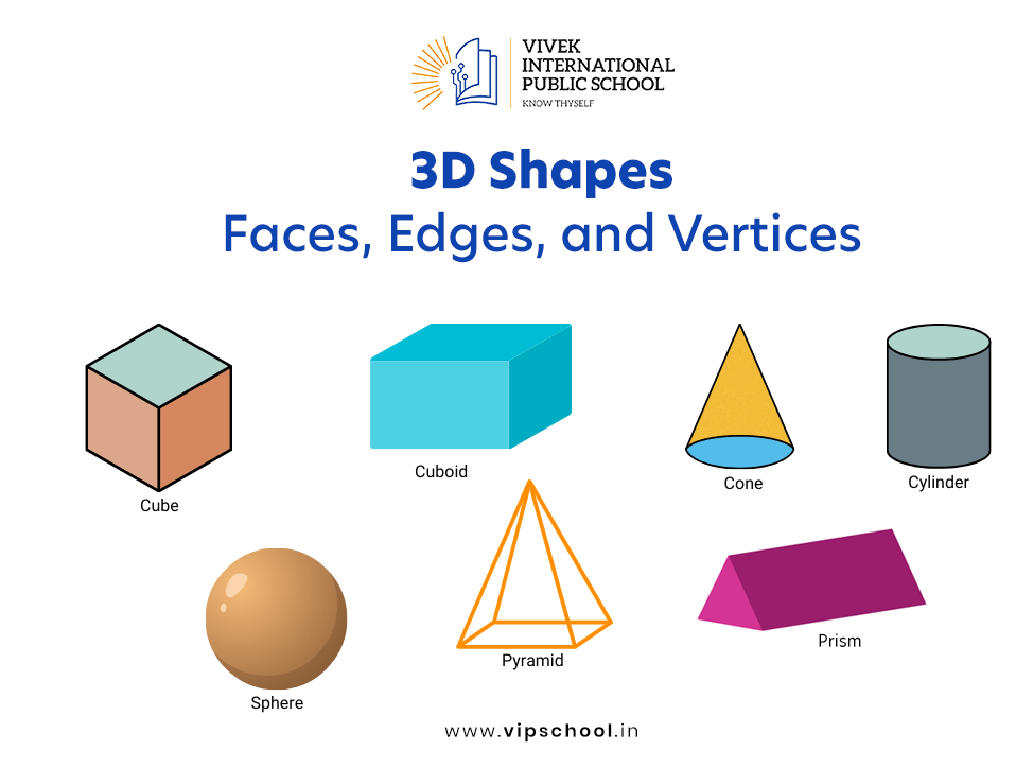Write Division Sentences For Groups
Subject: Math
Grade: Third grade
Topic: Understand Division
Please LOG IN to download the presentation. Access is available to registered users only.
View More Content
Today’s Adventure: Division Sentences for Groups
– Understanding what division is
– Division is sharing equally among groups.
– Exploring the importance of division
– Helps us solve problems like splitting snacks.
– Writing division sentences
– Use ÷ to show division. E.g., 10 ÷ 2 = 5 means 10 shared by 2 groups is 5 each.
– Applying division to daily life
– Like dividing pizza slices so everyone gets the same amount.
|
Begin the lesson by explaining division as a way of sharing things equally among a certain number of groups. Emphasize that division is a fundamental math operation used to distribute items evenly. Illustrate with simple, relatable examples such as dividing snacks among friends or sharing toys. Introduce the division sentence, which uses the division symbol (÷) to represent this concept. For instance, if there are 10 cookies and 2 children, we would write the division sentence as 10 ÷ 2 = 5, meaning each child gets 5 cookies. Encourage students to think of division as a fair way to share and to come up with their own examples from everyday life. This will help them understand the practical applications of division and see its value in their daily activities.
Division Sentences for Groups
– What is a division sentence?
– It’s a math expression showing division, like 15 ÷ 3 = 5.
– Division shows equal groups
– If we divide 12 cookies into 4 equal groups, we get 3 cookies in each group.
– Parts: Dividend, Divisor, Quotient
– Dividend is what we divide. Divisor is how many groups. Quotient is how many in each group.
– Example: 12 ÷ 4 = 3
– Dividing 12 by 4 gives us 3 in each group.
|
This slide introduces third graders to the concept of division sentences. Start by explaining that a division sentence is a way to show how items are divided into equal groups. Use tangible examples like dividing cookies or toys to make it relatable. Clarify the terms dividend (the total number to be divided), divisor (the number of equal groups), and quotient (the number in each group after division). The example 12 ÷ 4 = 3 should be broken down step by step, showing that if we have 12 items and want to divide them into 4 equal groups, each group will have 3 items. Encourage students to think of their own examples and to visualize the division process.
Division: Creating Equal Groups
– Division creates equal groups
– Division splits things into even groups
– Dividing objects into groups
– How many groups can you make?
– Example: 15 ÷ 3
– 15 objects, divide into 3 groups, how many in each?
– Practice with different numbers
|
This slide introduces the concept of division as a way to create equal groups. Start by explaining that division is like sharing things equally among friends. Use physical objects like counters or blocks to demonstrate dividing 15 items into 3 equal groups. Ask the students how many items would be in each group after the division. Encourage them to visualize the division process and understand that division is essentially the opposite of multiplication. Provide additional examples with different numbers for the students to practice and solidify their understanding of creating equal groups through division.
Writing Division Sentences for Groups
– Use objects to create groups
– Gather items like blocks or pencils and divide them into equal groups.
– Write a division sentence
– For example, 20 blocks divided into 4 groups is written as 20 ÷ 4.
– Share with the class
– Explain how you divided the objects and what your division sentence means.
– Understand division through practice
|
This slide is designed to help students understand the concept of division by physically grouping objects and then writing corresponding division sentences. Encourage students to use classroom materials like blocks or pencils to form equal groups. Once they have their groups, guide them to write a division sentence that represents the action they just performed. For instance, if a student has 20 blocks and they make 4 equal groups, they would write the division sentence 20 ÷ 4. After writing their sentences, students will share with the class to reinforce their understanding and to practice their division skills. This activity will help solidify the concept of division as making equal groups out of a larger number.
Division in Daily Life
– Division in everyday situations
– Sharing snacks equally
– If you have 10 cookies and 5 friends, how many does each get?
– Organizing books on a shelf
– How many books fit in each section if you have 20 books and 4 sections?
– Discuss division experiences
– Think of a time you divided something with friends or family.
|
This slide aims to help students recognize the practical applications of division in their daily lives. Start by explaining that division is a way of sharing things equally or organizing items into groups. Use relatable examples like dividing snacks among friends or organizing books to make the concept more tangible. Encourage students to engage with a partner to discuss their own experiences with division outside of school. This will help them connect the mathematical concept with real-world scenarios and understand the importance of division skills. As an activity, you can have students come up with their own examples and share them with the class to foster a collaborative learning environment.
Class Activity: Division Detectives
– Become a Division Detective!
– Find objects to divide in class
– Look for pencils, blocks, or books to group and divide
– Write your division sentences
– Example: 12 pencils shared by 4 students = ?
– Solve the division problems
– Use your division sentences to find the answer
|
In this engaging class activity, students will act as ‘Division Detectives’ to apply their understanding of division in a practical setting. They will search for items around the classroom that can be evenly divided into groups, such as pencils, blocks, or books. Once they have selected their items, they will write division sentences based on how those items can be divided among their classmates. After writing their sentences, they will solve the division problems they’ve created. This activity helps reinforce the concept of division as sharing or grouping. Possible variations for different students could include dividing different numbers of items, or dividing items among different numbers of students. Encourage creativity and ensure that each student is participating and understanding the division process.
Wrapping Up: Division Sentences
– Recap of division concepts
We learned how to split things into equal groups.
– Importance of division sentences
They help us understand and solve division problems.
– Open floor for questions
– Encourage division curiosity
Always ask questions and explore more about division!
|
As we conclude today’s lesson, it’s important to review the key concepts of division that we’ve learned. Division sentences help us translate real-world situations into mathematical problems that we can solve. Emphasize the usefulness of writing division sentences in organizing thoughts and solving problems. Encourage students to ask any lingering questions they might have or to share any ‘division wonders’ things they’re curious about regarding division. This is a great opportunity to assess understanding and to inspire further interest in the topic. Remember to provide positive feedback and support as students express their curiosity and understanding.
Homework Challenge: Division Exploration
– Find division examples at home
– Write 3 division sentences
– Examples: 12 cookies shared by 4 friends
– Use objects like fruits or toys
– Count items and divide into groups
– Share your sentences tomorrow
|
This homework task is designed to help students observe and understand division in their everyday environment. Encourage them to find items that can be easily divided into equal groups, such as a pack of crayons, fruits, or toys. They should write down three division sentences based on their findings, for example, ‘If I have 12 cookies and share them equally with 4 friends, each friend gets 3 cookies.’ This practical application helps solidify the concept of division. In the next class, students will have the opportunity to share their real-world division examples, fostering a collaborative learning environment where they can learn from each other’s experiences.






